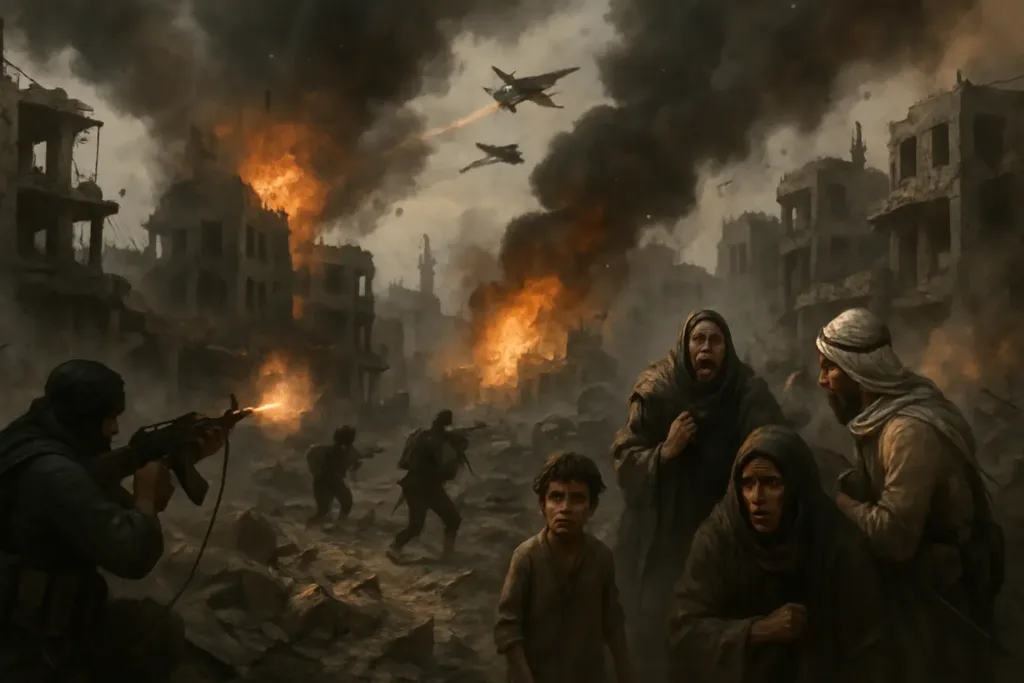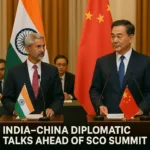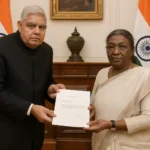
🗺️ Overview
The Syrian province of Sweida has become a new epicenter of violence in the Middle East, with over 1,000 people killed, including civilians, local militia members, and government soldiers, in a sudden explosion of sectarian warfare.
The deadly conflict, driven by deep-rooted tensions between the Druze and Bedouin communities, has drawn in Syrian state forces, local militias, and notably, Israeli airpower. Humanitarian organizations are warning of a growing catastrophe, with thousands displaced and a region on the brink of total collapse.
⚔️ How Did the Violence Begin?
The immediate spark came on July 12, 2025, when a Druze merchant was reportedly kidnapped and beaten by members of a Bedouin tribe on the Damascus–Suwayda highway, a vital route in southern Syria.
This triggered a chain reaction of retaliatory abductions, rapidly escalating into open warfare across Sweida city, Shahba, and numerous border villages. Tribal elders and religious leaders initially attempted mediation, but local armed groups on both sides soon took control.
🗣️ “This wasn’t just a tribal skirmish—it was a powder keg waiting to explode,” says Dr. Omar Rahmani, a political analyst at the Syrian Conflict Research Institute.
🔍 Who Are the Main Actors?
🕊️ The Druze
A minority ethno-religious group, the Druze have historically enjoyed autonomy in southern Syria. Their loyalty to local leadership and a semi-independent stance from Damascus have often put them in tension with central authority and neighboring groups.
🐪 Bedouin Tribes
Sunni Arab nomads who historically roam Syria’s southern deserts, Bedouins have long had land disputes and clashes with settled Druze populations. Their tribal justice system often clashes with the Druze community’s tight-knit religious and social codes.
🛡️ Syrian Government Forces
Since the fall of Bashar al-Assad in 2024, the new transitional government has struggled to regain control over tribal regions and minority enclaves. Sweida has remained a challenge due to its complex political makeup.
✈️ Israel’s Involvement
Israel justified its airstrikes on Syrian military positions by citing the need to protect Druze communities, many of whom share familial ties with Israeli Druze. However, analysts warn that Israeli involvement could further inflame regional tensions.
🗣️ “Israel sees itself as a stakeholder in Druze security, but this will be seen by Damascus and Tehran as blatant interference,” notes Yael Cohen, a geopolitical expert at the Tel Aviv Institute for Strategic Affairs.
🗓️ Timeline of Escalation
📅 July 12–13:
Kidnappings spark widespread retaliatory attacks.
Armed clashes begin in Sweida city, spilling into surrounding districts.
Heavy weapons and mortars reported for the first time.
📅 July 14–15:
Syrian military attempts to retake key districts.
Government losses mount due to ambushes by tribal fighters.
Israeli jets conduct precision strikes on Syrian tanks and arms depots.
📅 July 16–20:
Entire villages are burned. Videos of extrajudicial killings and property destruction go viral on social media.
Over 20,000 people reported displaced.
Human rights organizations begin documenting war crimes.
📅 July 19–Present:
Ceasefire talks brokered by the United States result in a temporary halt in airstrikes, but ground fighting continues.
📉 Human Toll
💀 Deaths: Over 1,000 confirmed, including 350 civilians, dozens of children, and medical staff.
🏚️ Displacement: More than 30,000 people have fled their homes. IDP camps in neighboring Daraa and Damascus countryside are overwhelmed.
🚑 Healthcare Collapse: Clinics and hospitals lack fuel, electricity, and medical supplies. Doctors work without pay, many under fire.
🗣️ “We’ve seen this before in Aleppo and Idlib, but what’s happening in Sweida is unprecedented for southern Syria,” says Amal Barakat, a Syrian Red Crescent worker.
🌍 Geopolitical Stakes
This conflict isn’t just a local matter. It reveals several broader threats:
🇮🇷 Iran: Could exploit Syrian instability to increase its footprint via proxy militias.
🇺🇸 United States: Risks being drawn back into Middle East conflict diplomacy.
🇮🇱 Israel: Faces growing tension over airspace violations and border instability.
🇷🇺 Russia: Though less involved post-Assad, may re-enter diplomatically to protect its naval base interests in Tartus.
📊 Root Causes
🧨 Long-standing Sectarian Rivalries: Decades of unresolved tension between the Druze and Bedouins.
🪖 Weak Transitional Government: Lack of authority and trust in the central state after Assad’s regime.
🎯 Proliferation of Armed Groups: Local militias now often outgun state security.
💥 External Interference: Israeli airstrikes, US diplomacy, and fears of Iranian proxies make the conflict highly volatile.
💡 Key Takeaways
⚠️ Sweida is at risk of becoming Syria’s next civil war front if intervention doesn’t shift toward diplomacy.
👥 Minority communities remain vulnerable, particularly those like the Druze caught between opposing forces.
🤝 A sustainable solution requires regional dialogue, de-escalation agreements, and international mediation.


